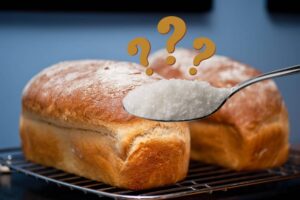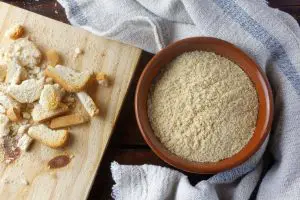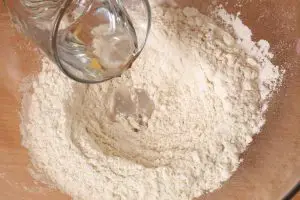Knowing what type of bread to keep in your pantry can be a tricky one since so many of the options have different levels of nutrient content, which means that they can be more or less difficult to eat.
In this article, we’ve made sure to do our research and find the information that you need to bear in mind to consider which type of bread might be right for you.
5 Breads That Are Easy To Digest
These kinds of bread are ones that we’ve selected from assorted different places online. We’ve made sure to include some information about their nutritional content since that informs you on whether options that might be a little trickier to digest are truly worth it.
Last update on 2025-06-21 / Affiliate links / Images from Amazon Product Advertising API
Sprouted Whole Grain
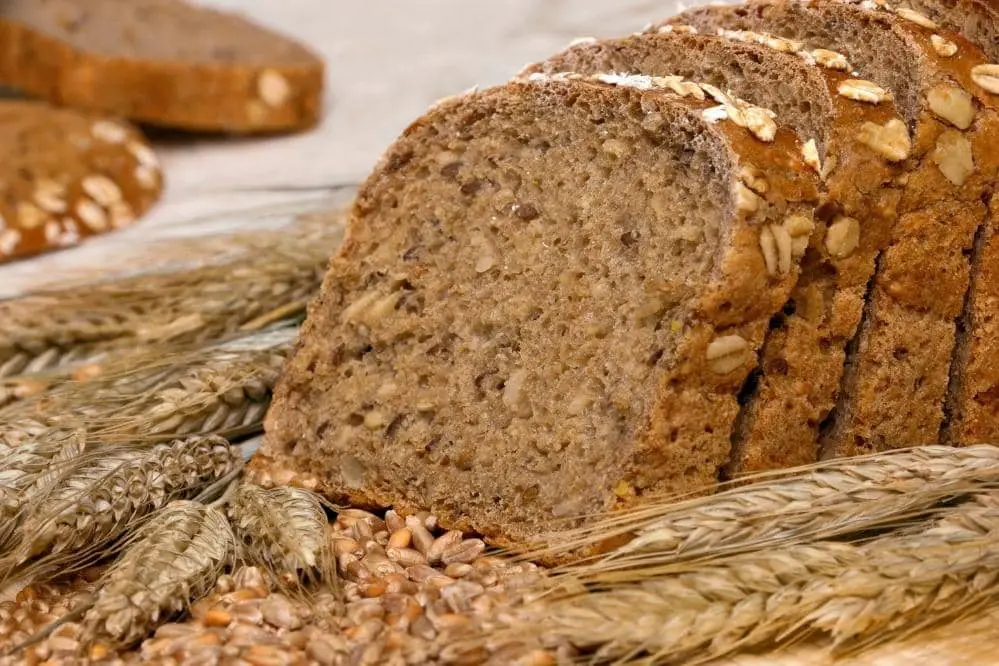
Sprouted whole grain bread is the top on our list because it balances nutrition and easy digestion exceptionally well. The grains in the bread have been exposed to heat and moisture such that they’ve started to sprout. From that point, they are ground and used as a flavor, to make a light, nutritionally dense bread.
A great example of the nutrient density of sprouted whole grain bread is sprouted pita bread. A blend of half regular flour and half sprouted whole grain flour had over three times as much folate as regular pita bread. Folate is a chemical that’s completely essential for converting food to energy effectively.
The sprouting process breaks down some of the starch in the grains, as they are converted to sugar that is used as a nutrient for the growing plant. The breakdown of starch decreases the carb content, leading to an easier bread to digest than some other options.
Sourdough
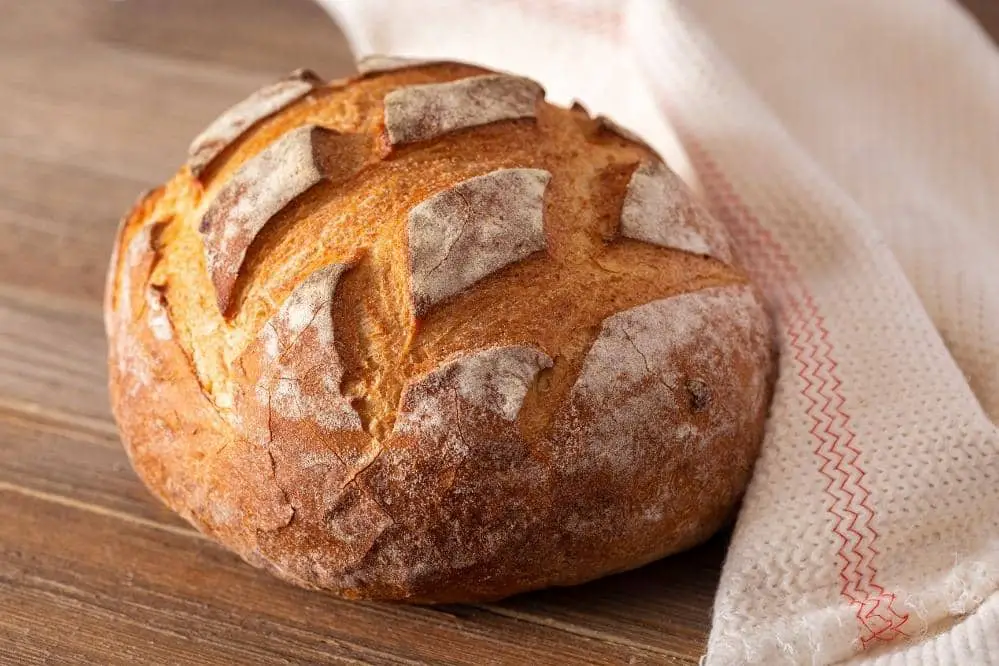
Sourdough relies on the natural fermentation of wild yeast rather than the controlled fermentation of store-bought yeast. This fermentation process generally occurs on a much slower timescale and in much wetter conditions than other options, which leads to a lot of bacterial growth in your bread dough.
This bacterial growth is a wonderful thing, as it leads to the formation of both prebiotics and probiotics. Combined, these chemicals greatly improve and increase the speed of the digestion process.
Probiotics are healthy bacteria that can be found in your gut, as well as in certain foods such as yogurt. Prebiotics, however, are non-digestible fibers that these bacteria eat. Combined, this will lead to a greater bacterial culture in your gut, aiding easy digestion.
100% Whole Wheat
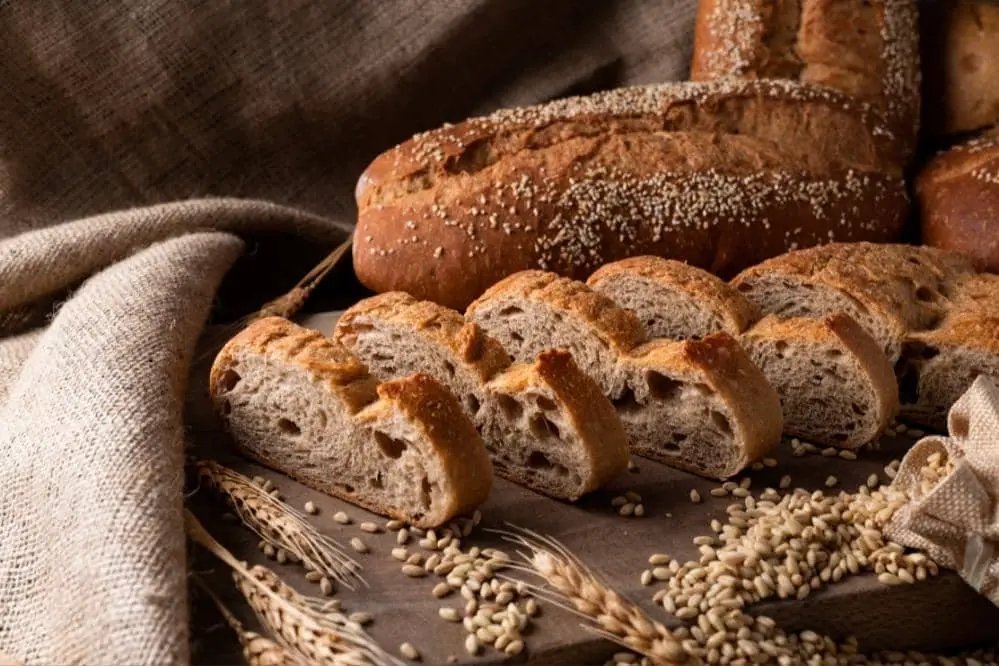
Whole wheat bread is a wonderful way to increase the fiber content of your diet. Whole wheat bread uses, unsurprisingly, whole wheat berry to make flour, rather than single the germ and endosperm. This means that the fiber content is very high, compared to regular flour.
Fiber is a wonderful way to ensure that you retain good bacterial health for two reasons. First of all, fiber content can bind the contents of your stomach such that digestion is easier, while non-digestible fibers in bran can feed probiotic bacteria in your gut. Overall, it’s truly a great option.
When you’re thinking of picking up some whole wheat bread, we would suggest ensuring that you track down a loaf that is labeled as 100% whole wheat. Often, manufacturers label their bread as ‘whole wheat’ even if the loaf is mostly refined flour. Therefore, to ensure that you’re getting the digestive benefits of whole wheat bread, make sure the ingredient list has either ‘100% whole wheat’ or ‘whole grain’ flour listed as the first ingredient.
Oat Bread
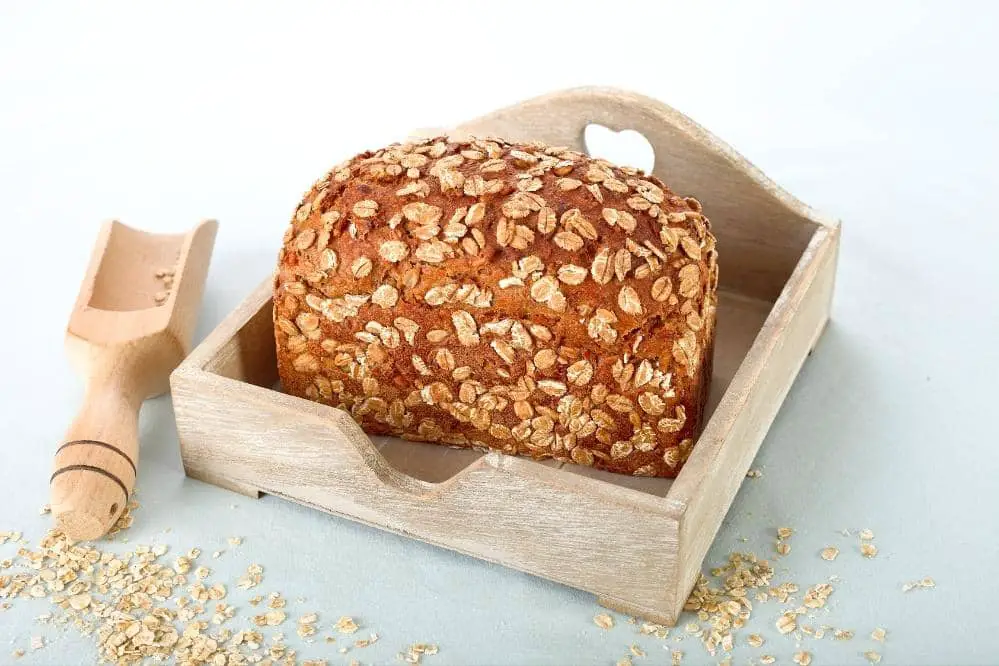
Oats have seen a resurgence in popularity in recent years, from oat milk to oat bread. The truly impressive thing about them is that they’re linked to a number of health benefits throughout the body, not just one or two small benefits to gut health.
Oat bread is generally a mixture of oats themselves with whole-wheat flour, as well as the other natural ingredients of bread. The reason for this is that bread is generally considered to need a small amount of gluten to be able to be kneaded and rise properly over time.
Oat bread is a great option for people that are looking to decrease the overall amount of gluten in their diet. Gluten can be found, mainly, in wheat and rye. This means that oats contain no gluten, so using them as part of the flour mixture can allow for a low-gluten alternative to regular bread.
If you’re someone that is entirely gluten-intolerant, you likely have a pre-existing preference for a particular example of gluten-free bread. If you only suspect that you have a minor gluten intolerance, however, it may be easier for you to cut down on gluten where possible, and you will likely see a boost in your digestive health.
It’s no secret that gluten is hard to digest for nearly everyone, so cutting down on your gluten level can be integral to maintaining good gut health.
Flax Bread
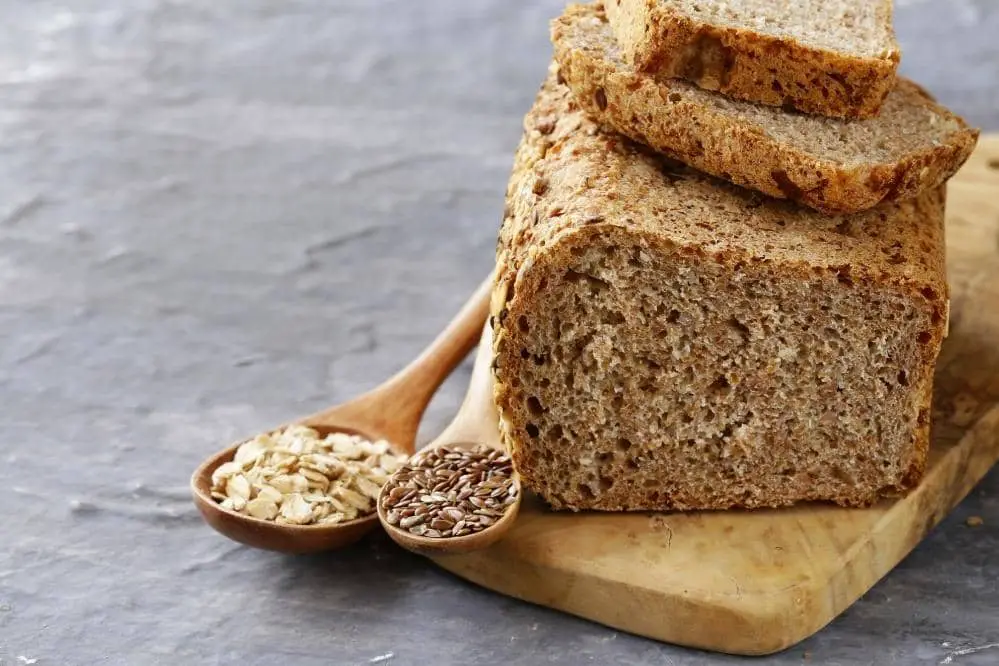
Flax bread is another option that’s made from a mixture of whole-grain flour and another type of seed. In this instance, though, the other seed that’s used is flax seeds, which are highly nutritious. They are a really great source of alpha-linolenic acid, which is an omega 3 fatty acid. Typically, omega-3 fatty acids could be obtained by eating fish, so for someone with a plant-based diet, flax bread could be a great way to get more omega-3 fatty acids in their diet.
To get as many of the benefits of flax seeds as possible, look for flax bread that has minimal ingredients. Go for bread that’s mostly whole-wheat flour, along with yeast, water, and salt. Finally, the ingredient list should always include flax seeds, as when they’re added whole they’ll be able to add texture as well as a nutritional benefit.
We hope that, through the course of this short article, you’ve been able to learn a little about the nutritional content of different types of bread. Armed with that knowledge, we hope that you’ll be able to pick up a loaf of bread that’s a little easier on your digestive system next time you’re at the supermarket.




